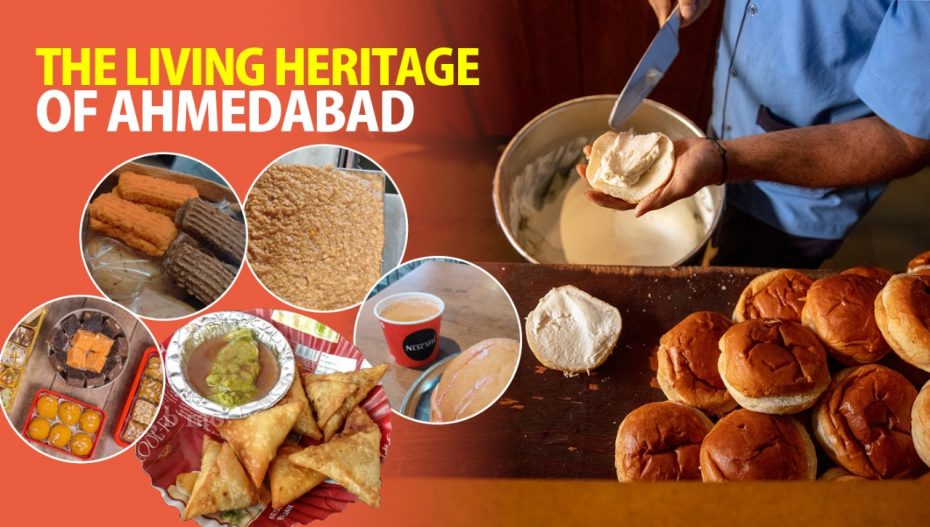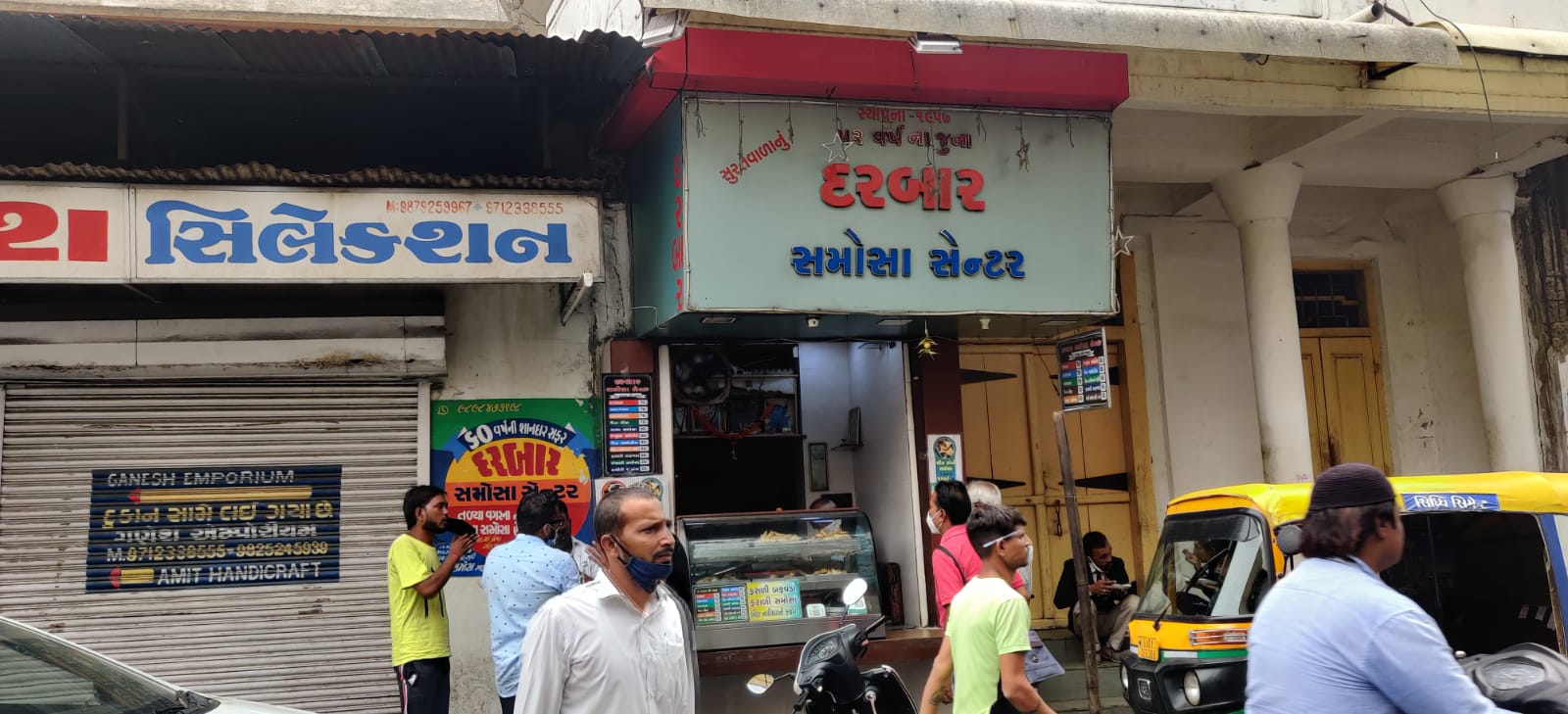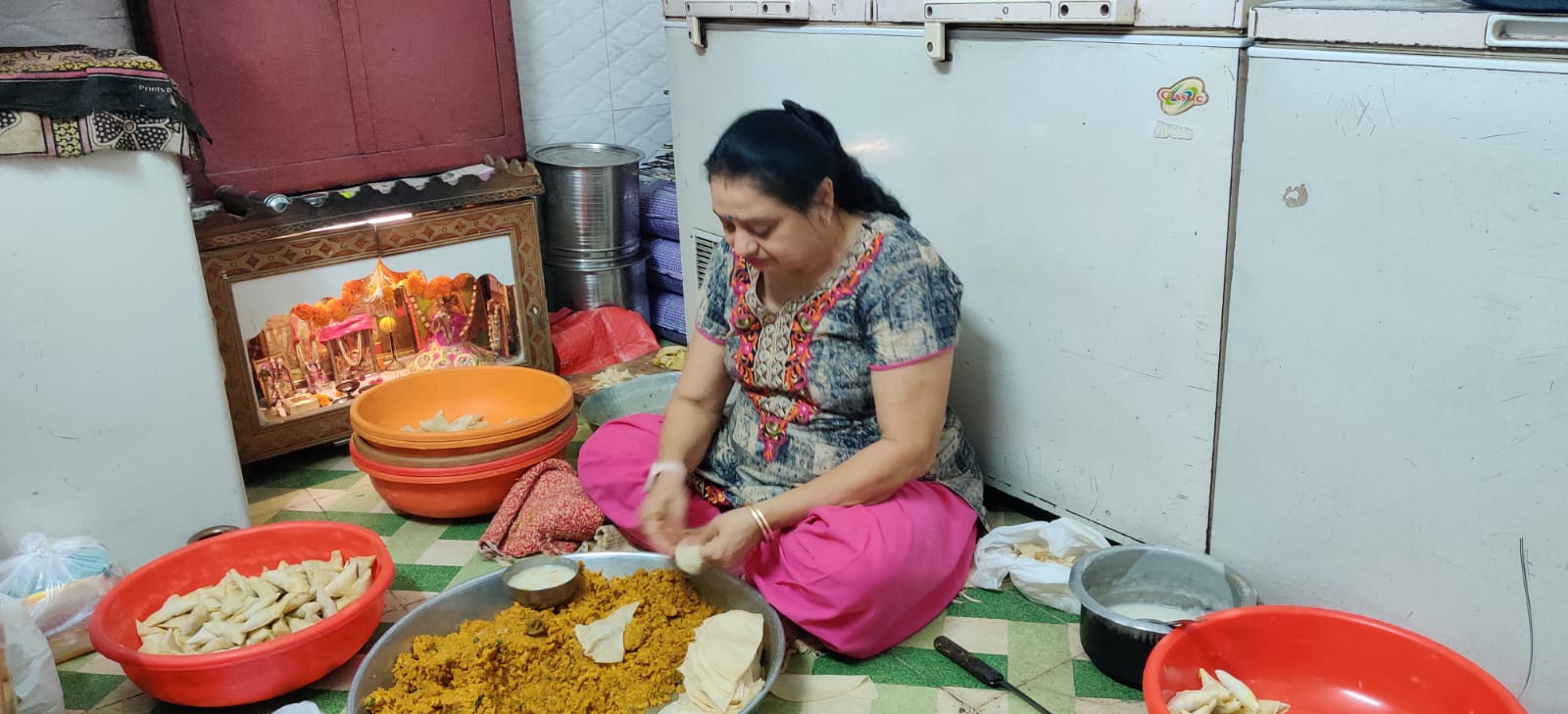Ahmedabad is one of the few cities in the world, which is the perfect amalgamation of old and new, art and reality, and evolution and conservation with its rich balance of sensory-triggering food culture.
Among them are some delectable slices of food heaven that make the city a gastronomy connoisseur’s dream come true.
The Navtad Samosa
The famous navtad samosa served with the delicious dal chatni that is found in almost every curb and corner in Ahmedabad began as a small shop near Navtad Pol in Gheekanta. It began when Mojulalal Darbar uprooted his life from Surat to set up a business in Ahmedabad, a big business hub at that time.
In 1956, Mojulalal successfully set up his ‘Darbar Samosa Center’. At the time, he did not realise that he was revolutionising the snacking habits of the people in the city.
What makes it different from its other siblings is its lentil filling that is made of a variety of Indian spices, unlike potato stuffing. Its accompaniment the dal chatni is made of a similar lentil filling.
The maternal grandchildren of Darbar, Hemant Danecha, Naina Danecha and Sunilbhai Danecha are now running ‘Darbar Samosa Center’.
They have introduced many new varieties; the most recent one is the trendy corn and paneer samosa. “We have survived the business only due to our authenticity. Everything is manufactured by us, even the masala,” says Hemant Danecha.
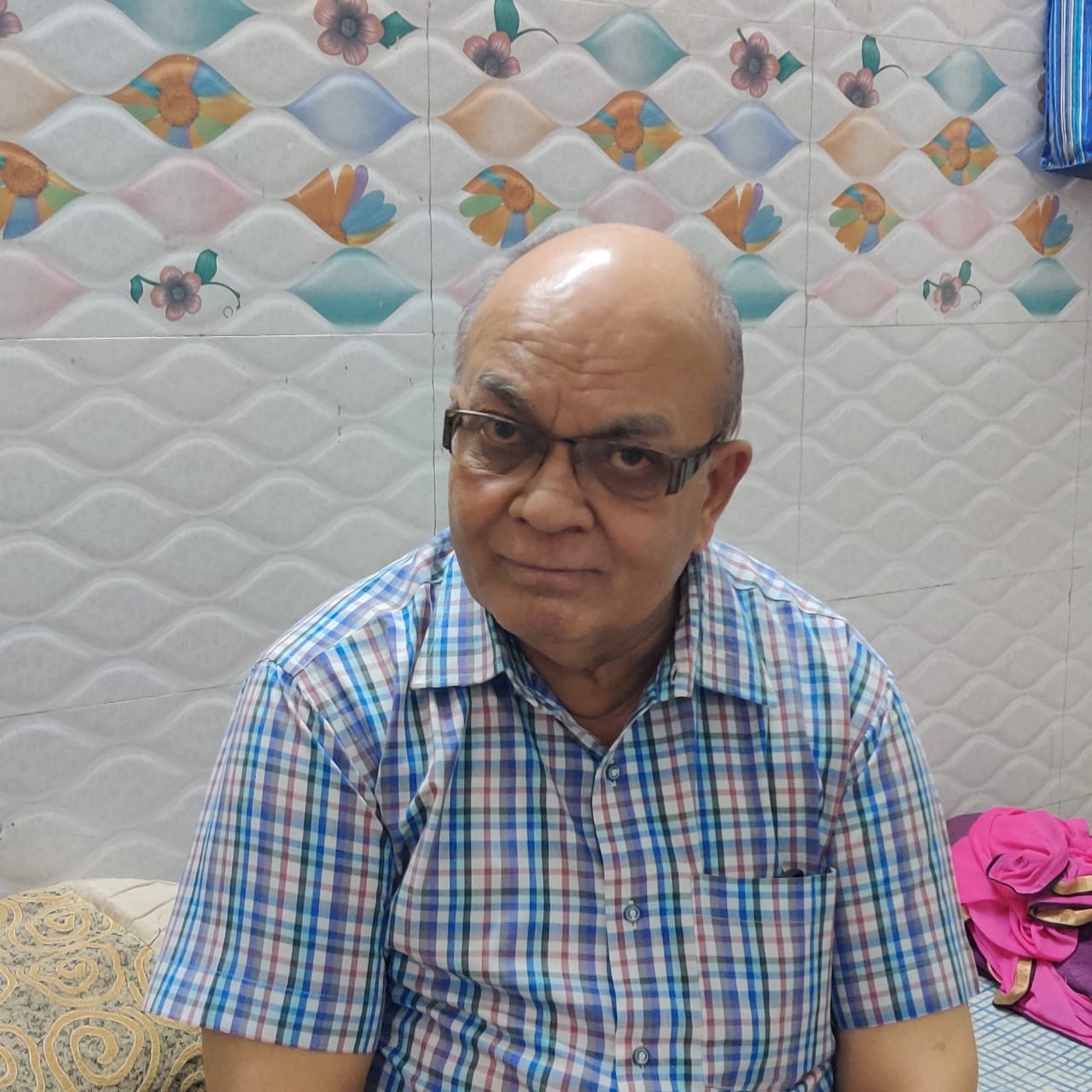
Sunil Danecha says, “We have still managed to retain all the customers and business through different establishments due to the ever-changing business model.”
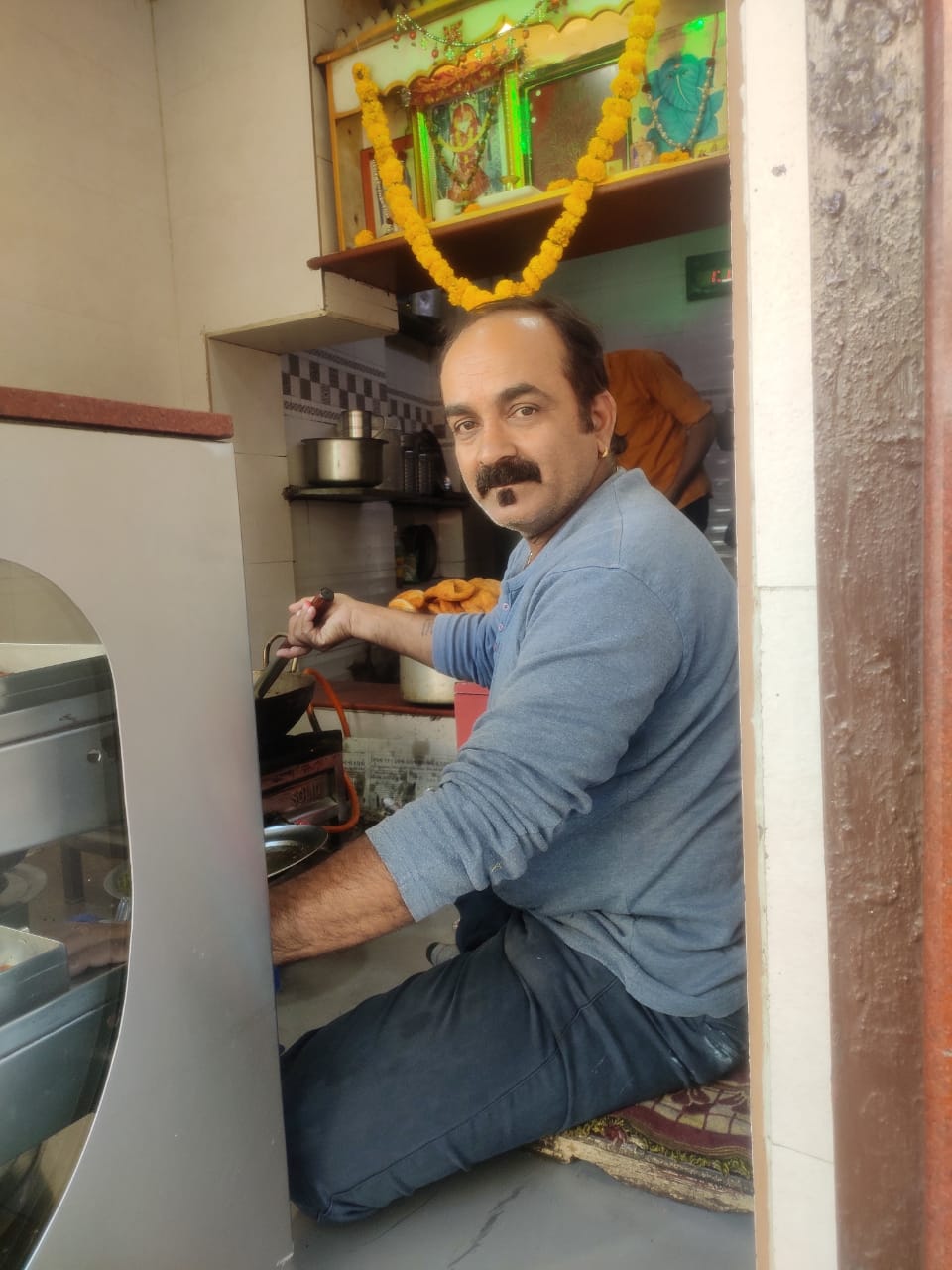
After the establishment of Darbar Samosa Center, many others tried to piggyback on their success and brand, which resulted in many new samosa centres springing up in the locality. Bapu Samosa Center and the new Navtad Samosa Center are also among the few.
However, Dilip Ramawat who runs the Bapu Samosa Center says, “The business is slow these days as most people want to have fancy food and the footfall has increased in the other part of the city.”
Irani chai and maska bun
In the nineteenth and early twentieth centuries, when the second wave of Zoroastrians emigrated from Iran (Iranis) to India, they opened small eateries called Irani cafés. These slices of gourmet heaven served the most delectable biscuits and other baked goods, bread and butter, samosas and other Indian snacks, Parsi dishes and Iranian-style tea. They are, however, rapidly disappearing. In the 1950s, there were 350 Irani cafés in Mumbai; only some 25 remain. There is only one Irani café in Ahmedabad at Bhadra.
The new Irani Restaurant that was established in the mid-1940s before independence, got its title in 1950. It is famous for its Irani chai and maska bun. The maska bun and chai continue to diminish the class difference; where a working-class labourer and a businessman have the same butter maska bun and Irani chai. The chai and maska bun makes up a sweet combination that one cannot keep their hands off.
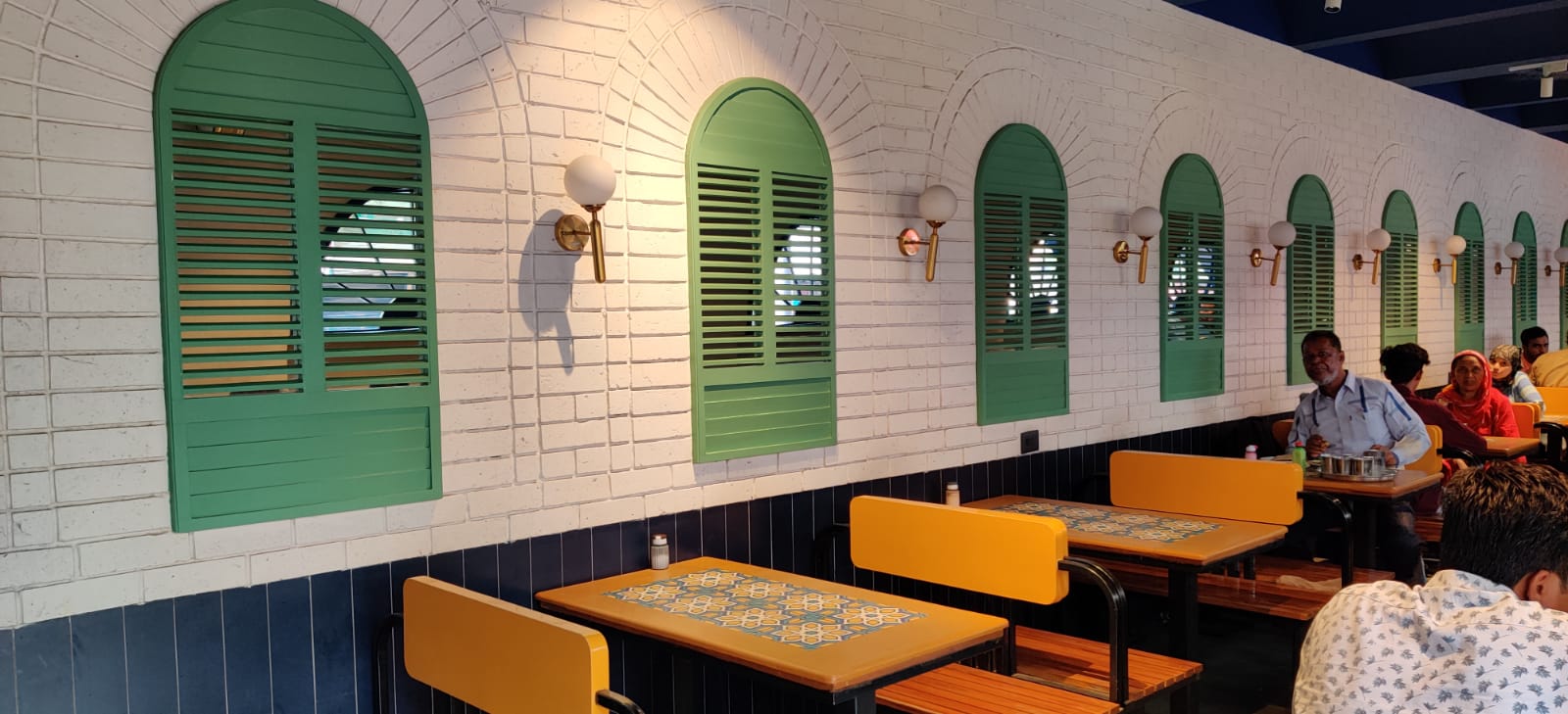
Yusuf Patel along with his son manages the restaurant now that has gone through many changes since the time it was built. The café with ancient architecture and falling walls has gotten a new look but the chai and maska bun are still the same.
Yusuf says, “The restaurant menu has gone through many changes, one of the prominent changes is the service tea (we know it as bed tea) that was had by an entire generation whose demand diminished as did the generation. He added, “Our lifestyle has predominantly declined as the generations have progressed.”
The kitchen is divided into two parts for vegetarian and non-vegetarian cooking.
The restaurant serves many other dishes. Despite the time, many people go to the café to get a taste of Irani chai and maska bun. The other dishes that are popular in the café include Keema, Khichdi, Dal and many more.



